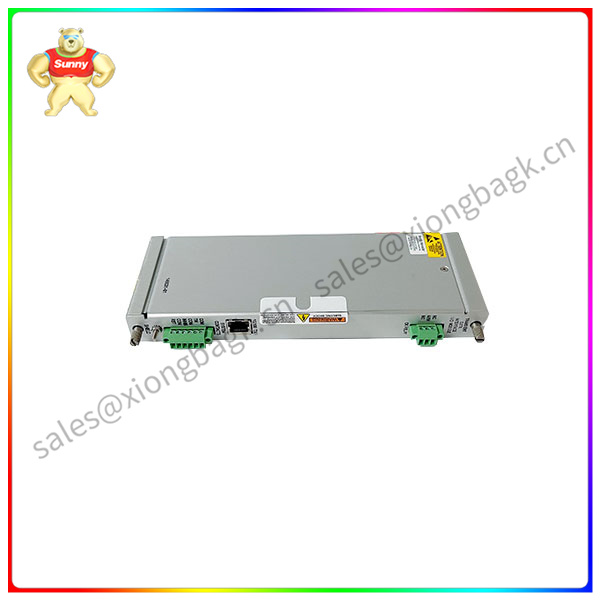Pain point diagnosis: Vision system application problems of photovoltaic equipment manufacturers
The photovoltaic production process is complex and diverse, so the automation equipment supporting the photovoltaic industry has created a vision system. However, due to the large number of equipment manufacturers and many types of equipment, there are several pain points for end users when using or upgrading related equipment functions:
1. The visual system architecture interface is not uniform, and the user has a high threshold for use.
For example, in the photovoltaic module production line, framers, junction box installers, dispensing machines, welding machines, capping machines and other equipment are often provided by different equipment manufacturers, and the visual system installed on the equipment is only developed to meet its specific needs, each device presents the user’s interface and calculation logic are not the same, and the user’s use threshold is very high.
2, visual software targeted development, insufficient test scenarios, low system stability.

146031-01
Software developed for specific scenarios can only meet the requirements of the current operating environment of the device, and is rarely tested for different operating systems, different data communication ports, and different production beats. When the device needs to change the usage scenario later, the vision system needs to be re-developed.
3, the vision system has a single function, which can not meet the functional upgrade needs after the process change.
Dedicated vision systems on dedicated devices generally do not take into account the functions needed in the future. For example, the visual positioning system, the current conditions of the equipment may be met using traditional algorithms, but if the process changes later and deep learning positioning is needed, the corresponding functions have to be re-developed, resulting in low application compatibility of the equipment.
4, the ability of equipment manufacturers to play a limited role in the vision system, resulting in the lack of intelligence of their equipment.
Because automation equipment manufacturers have been engaged in automation research for a long time, their visual applications are relatively professional visual teams, and they can rarely develop and apply cutting-edge technologies in the visual industry, so as to improve the intelligence of the equipment produced. Such as junction box welding machine, traditional equipment manufacturers in the photovoltaic module production of the bus welding section, often only use the mechanical mechanism positioning after the “blind welding”, and equipped with professional vision system welding opportunities to use deep learning and other technologies to accurately locate the solder joints, to achieve accurate welding.
Vv Breakthrough: Self-developed general intelligent vision development platform enables the digital intelligent transformation of photovoltaic enterprises
As a leading AI industrial vision solution provider in China, VV Intelligent Manufacturing has always focused on intelligent manufacturing since its establishment in 2003, providing machine vision components, intelligent sensors, intelligent integrated equipment and other products for manufacturing equipment manufacturers, system integrators and end users, as well as vision-based digital and intelligent one-stop services. The core components required by the machine vision system, such as cameras, lenses, software platforms and other dimensional vision intelligent manufacturing has realized independent self-research, and can provide more cost-effective products and services under the premise of meeting the multi-scene and diversified needs of industrial sites and flexible deployment.
At the beginning of 2018, for the photovoltaic industry, which requires complex production processes and precision, VV Intelligent Manufacturing successfully developed a visual inspection system for the photovoltaic industry, and landed in batches of international photovoltaic head enterprises to help photovoltaic equipment upgrade to improve the competitiveness of enterprises.
 中文版
中文版




